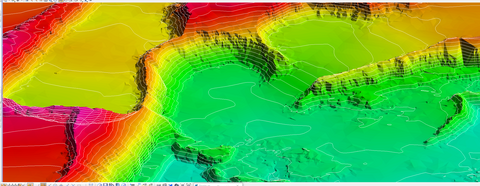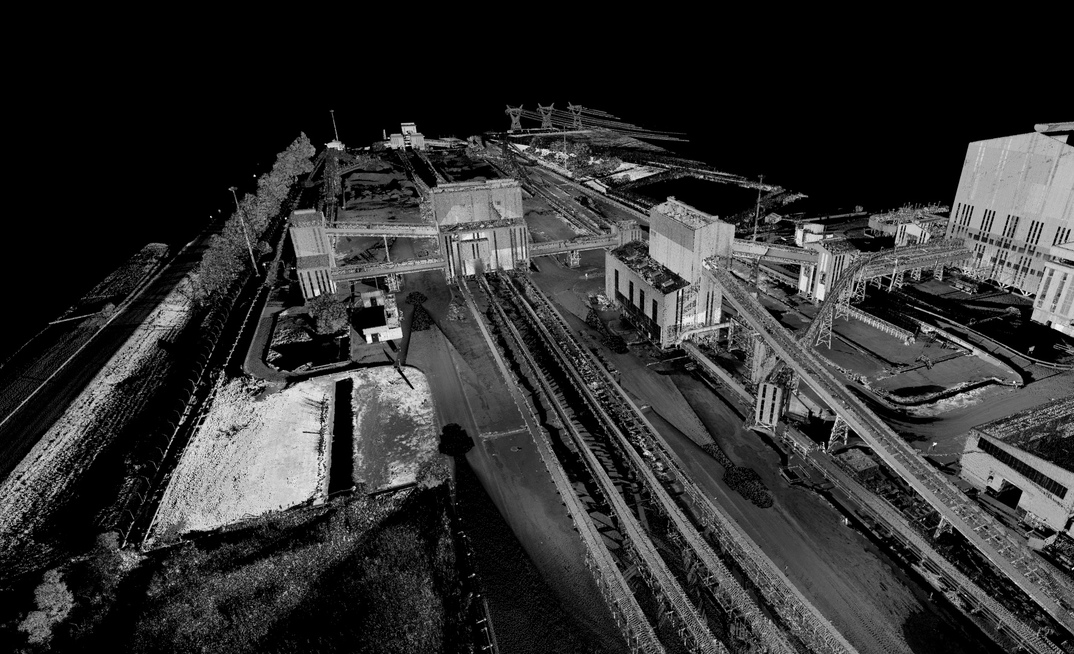The Internet of Things (IoT) is the latest buzz-phrase being used to describe the progression towards automation – the inter-connection of technology with every element of human life.
We can see developments of this in many areas, from self-ordering refrigerators that add milk to your online shopping list, to the fitness watch which syncs your heart rate with your phone or computer, which then in turn talks to your diet app and helps manage your daily food intake. These are all simple, everyday examples of how the IoT is changing the world we live in.

According to research by McKinsey Global Institute, the IoT will have a potential economic impact of between US$4 and US$11 trillion by the year 2025, with the number of connected devices estimated to reach US$50 billion by 2020.
From self-driving and parking vehicles to home automation gadgets such as intelligent light bulbs, companies are in a race to get technology to market which automates difficult or laborious processes and enhances the user experience.
SMART cities are another example of the importance of the IoT, where critical urban infrastructure is controlled using sensors with real-time monitoring capabilities. As the SMART City concept starts to see widespread successes, is it time for the mining industry to also embrace the IoT wholeheartedly?
Embracing autonomy
Traditionally risk averse, mine operators often need some encouragement to adopt new technologies. Learning from the accomplishments of early smart projects, the mining sector can see how automation has helped improve both the quality of life for its inhabitants and increase the efficiency of public services provided by the local authority.
There is an underlying belief that these systems will also make cities, including roads, safer for residents and commuters. In an industry where safety and efficiency are paramount, integrated digital technologies can lead the way to safer, more productive mining operations.
The Machine-to-Machine, or M2M, concept is another way to describe the IoT, whereby networked devices are used to collect and exchange information and carry out tasks without human participation.
Many mines have already started to incorporate autonomous vehicles into day-to-day operations, using vehicle mounted LiDAR (light detection and ranging) systems and RFID tags to increase productivity while lowering the safety risk element for workers. We saw examples of this at the recent MINExpo tradeshow, as Komatsu unveiled its latest Autonomous Haulage Vehicle, which doesn’t even have a cab for a driver.
Autonomous mining vehicles do not simply perform haulage tasks, but can also be used to provide visual situational reports via integrated cameras and sensors. This gives operators the ability to gather safety critical data without exposing workers to hazardous conditions.

As hardware predictably shrinks in size, it also becomes easier to transport. Advancements in wearable technology now include survey-grade LiDAR scanners which can be attached to a backpack, allowing for faster scans to be performed in previously inaccessible areas. These results can then be reported back which can then be used for a variety of purposes, such as asset mapping and the schedule of maintenance. Personal protective equipment is also changing with progressive wearable technology, allowing business operators to monitor not only the location, but also the health and safety of their employees.
Smart strategies
These advancements in technology all sound promising but are somewhat limited if it is only used independently and without a ‘smart’ strategy which realises the potential of combined intelligence. The amount of data now being captured within any business throws up a new set of challenges including: collection, sharing, storage and analysis. It is this collected information that can improve processes to drive new levels of efficiency, productivity, and even safety.
Big data is a term commonly applied to datasets which are so complex that traditional processing applications simply cannot deal with them. ‘Big’ applies more to the multifaceted potential carried within the data than to the data’s sheer size in terms of quantity. LiDAR data falls under this category and holds part of the solution when it comes to embracing the benefits of the IoT in a mining setting.
Traditionally, mine operators have used LiDAR to assist with mine planning and the assessment of stockpile volumes. However, with advancements in both remote sensing technology and analytical software, the ability to use big data for comparative analysis within the mining industry is now a reality.
Software programs now allow for the in-depth evaluation and comparison of increasingly complex data, meaning that the monitoring of critical infrastructure can be carried out more easily and in more detail. This also enables critical data to be made available in near real-time. When tied in to a wider strategy, using concepts such as business information modelling (BIM), mine operators will see significant benefits from the planning stages through to operational efficiency.
Site monitoring solutions allow for the advanced analysis of geological features via repeat, time-series LiDAR measurements. Assets can be mapped remotely and regularly, comparing the resulting data with previous scans to monitor any 3D changes over time, giving an early warning of slope instability and potential failures. This allows for precautionary measures to be taken without having any impact on day-to-day operations. Inaccessible or hazardous areas can be safely and continuously monitored, allowing decisions to be made quickly and without putting human lives at risk.
All of this collected data ultimately builds a virtual model of the operation, allowing other ‘intelligent’ applications to access the information – from autonomous vehicles, to robotic drilling systems.

In the short term, the rise of intelligent infrastructure relies on the human element to ensure that correct decisions are made. For the IoT to have maximum impact in a mining context, it is going to take investment, commitment and a better understanding of how the power of collected data can be harnessed for widespread business improvement.
Mining may never be a fully automated industry, yet there are plenty of lessons to be learnt by embracing the IoT within the sector.
























